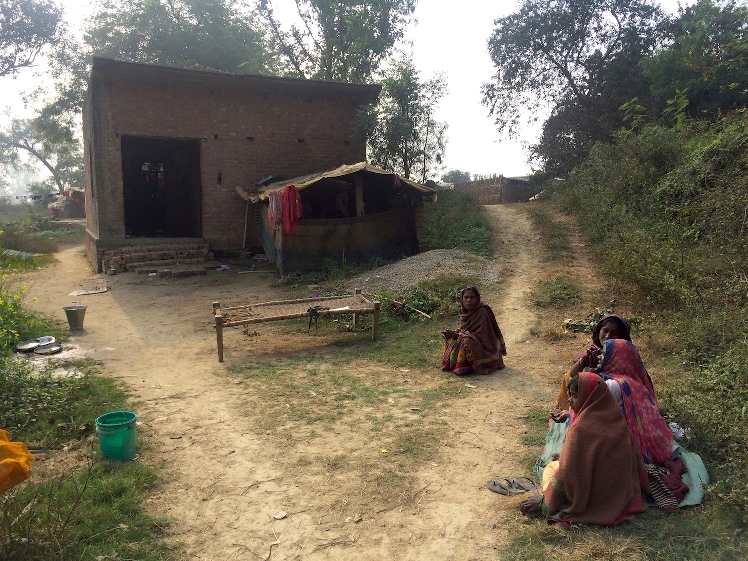The Prime Minister, on September 25, 2017, announced what the “Saubhagya” scheme that envisages complete national electrification, at the household level, by December 31, 2018.
In his Independence Day speech of 2015, the Prime Minister had stated that all the then remaining 18,452 non-electrified villages will be electrified within 1000 days, which is by May 31, 2018. As of today, 2,959 villages remain to be electrified, which includes 988 villages that are non-habited. The national electrification scheme is a logical extension of the village electrification scheme. This is so because a village is considered electrified when at least 10 per cent of its households are electrified. The real achievement is therefore in targeting household electrification, at both the urban and rural levels.
Uttar Pradesh, followed by Bihar and Madhya Pradesh, will largely determine the bhagya (fate) of the Saubhagya scheme.
The Saubhagya scheme will put to test the entire policy-making and execution machinery at the country’s disposal. It is a mammoth task considering the numbers. As of September 25, 2017, around 4.04 crore households out of the total of 17.92 crore households were non-electrified, according to government statistics. This implies that over 22 per cent of Indian households still do not have an electric connection even when the country claims national village electrification of over 96 per cent.
Uttar Pradesh is a startling example of under-electrification. Barely half of the northern state’s 3.03 crore households are electrified. If Uttar Pradesh has to achieve complete household electrification, the pace of electrification needs to be nothing short of furious—over 30,000 households per day between now and December 31, 2018!
On the other hand, relatively large states that have achieved complete electrification, even at the household level, include Gujarat, Punjab, Tamil Nadu, Andhra Pradesh and Kerala. Most of north-east India, except Assam, has achieved household electrification of around 99 per cent.
The importance of Uttar Pradesh is so profound—thanks to its vast population and ironically the huge population of non-electrification households—that if Uttar Pradesh alone achieves 100 per cent household electrification, the national electrification level will rise from the present 77 per cent to nearly 90 per cent.
Uttar Pradesh, followed by Bihar and Madhya Pradesh, will therefore largely determine the bhagya (fate) of the Saubhagya scheme.
Photo shows a typical non-electrified household in rural Uttar Pradesh. Photo source: scroll.in

